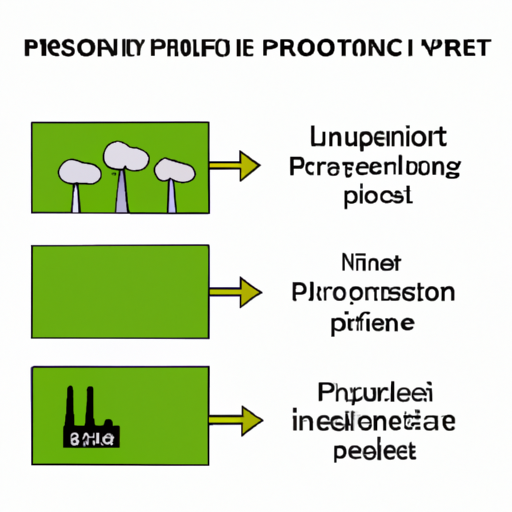The Line protection scenario includes industries such as electrical power, telecommunications, transportation, and oil and gas. These industries rely heavily on the proper functioning of their transmission lines to ensure the smooth operation of their services. In this article, we will explore the importance of line protection in each of these industries and the technologies and strategies used to ensure the reliability and safety of transmission lines.

The electrical power industry is one of the most critical industries that rely on the proper functioning of transmission lines. Transmission lines are used to carry electricity from power plants to substations and then to homes, businesses, and industries. Any disruption in the transmission lines can lead to power outages, which can have serious consequences for the economy and public safety.
Line protection in the electrical power industry is crucial to prevent faults and disturbances in the transmission lines. Faults can occur due to lightning strikes, equipment failures, or other external factors. Line protection devices such as relays, circuit breakers, and surge arresters are used to detect faults and isolate the affected section of the transmission line to prevent further damage.
Telecommunications Industry:
The telecommunications industry also relies on transmission lines to carry voice, data, and video signals over long distances. Transmission lines in the telecommunications industry include fiber optic cables, coaxial cables, and microwave links. Any disruption in the transmission lines can lead to dropped calls, slow internet speeds, and loss of connectivity.
Line protection in the telecommunications industry is essential to ensure the reliability and quality of communication services. Technologies such as optical line terminals (OLTs), optical network terminals (ONTs), and optical line amplifiers are used to protect fiber optic cables from signal degradation and interruptions. In addition, surge protectors and lightning arresters are used to protect coaxial cables and microwave links from electrical surges and lightning strikes.
Transportation Industry:
The transportation industry relies on transmission lines for signaling, control, and communication between trains, buses, and traffic lights. Transmission lines in the transportation industry include railway signaling cables, traffic light control cables, and communication cables. Any disruption in the transmission lines can lead to accidents, delays, and congestion on roads and railways.
Line protection in the transportation industry is essential to ensure the safety and efficiency of transportation systems. Technologies such as track circuits, axle counters, and signal control systems are used to detect train movements and prevent collisions on railways. In addition, surge protectors and lightning arresters are used to protect traffic light control cables and communication cables from electrical surges and lightning strikes.
Oil and Gas Industry:
The oil and gas industry relies on transmission lines to transport crude oil, natural gas, and refined products from production facilities to refineries, storage tanks, and distribution centers. Transmission lines in the oil and gas industry include pipelines, flowlines, and umbilicals. Any disruption in the transmission lines can lead to leaks, spills, and environmental damage.
Line protection in the oil and gas industry is essential to prevent leaks and spills in transmission lines. Technologies such as leak detection systems, pressure sensors, and flow meters are used to monitor the integrity of pipelines and detect any abnormalities in the flow of fluids. In addition, cathodic protection systems and corrosion inhibitors are used to protect pipelines from corrosion and degradation.
In conclusion, line protection is essential in industries such as electrical power, telecommunications, transportation, and oil and gas to ensure the reliability and safety of transmission lines. Technologies and strategies such as relays, circuit breakers, surge protectors, and leak detection systems are used to protect transmission lines from faults, disturbances, and environmental hazards. By implementing effective line protection measures, industries can minimize downtime, prevent accidents, and ensure the smooth operation of their services.